News Backgrounder
Asia-Pacific LCC international networks proliferate post-pandemic
Most Asia-Pacific low-cost carriers are back in the money after the horrible headaches of the pandemic. Established budget carriers are expanding their networks beyond pre-Covid operations and more low-fare start-ups continue to enter a crowded market. Despite the intense competition in the sector, the future of LCCs in the region looks brighter than ever, reports associate editor and chief correspondent, Tom Ballantyne.
April 1st 2024
If there was ever evidence the region’s low-cost airlines (LCCs) are brimming with confidence about their prospects, industry observers need look no further than the budget arm of the Cathay Group, HK Express. Read More » The LCC intends to double its network into China in the next two years and increase its overall capacity by year-end 2024.
In an interview with local media, the airline’s CEO, Jeanette Mao, forecast capacity growth of 20%-30% by next December and for its flying to be 170% of pre-pandemic levels compared with its present 140%. In anyone’s language that is substantial expansion.
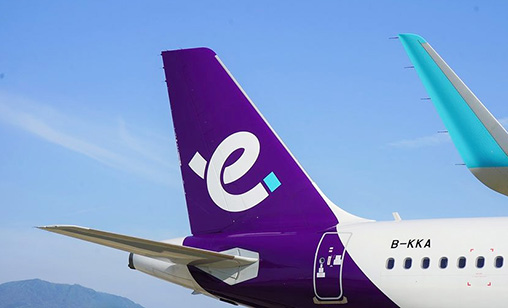 |
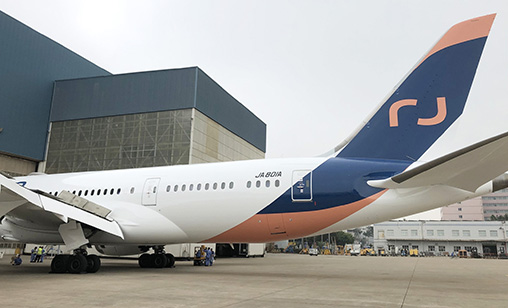 |
 |
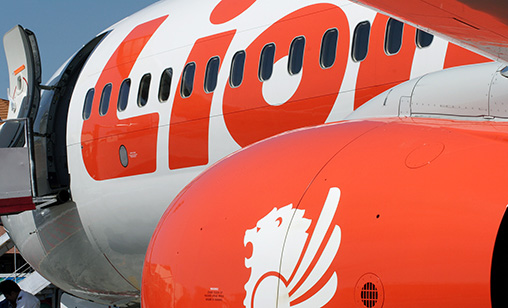 |
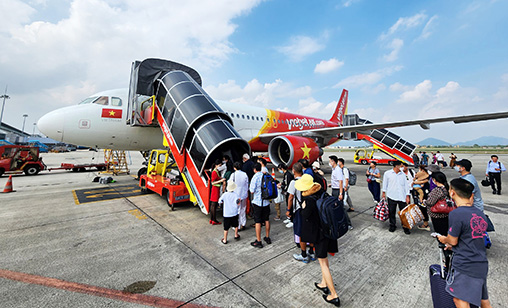 |
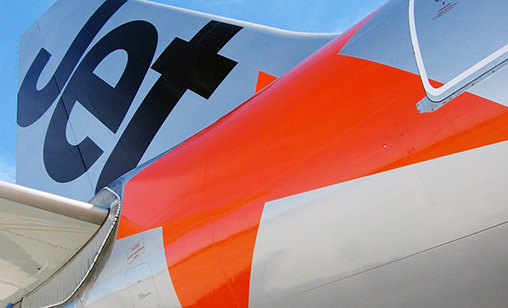 |
And HK Express is not alone in its ambition. Across the region, LCCs are adding seats and expanding their networks. In a sector dominated by single-aisle jets, more and more budget airlines are introducing wide-bodies into their fleets as they venture on to longer haul routes. It all adds up to a global LCC sector dominated by Asia-Pacific operators.
Indeed, Precedence Research, a Canada/India based company and a leading provider of strategic market insights, estimated the global LCC market at $200.18 billion in 2022 but predicts its value to be $949.97 billion by 2023, delivering an annual growth rate of 16.85%.
In 2022, the Asia-Pacific LCC market was estimated at $145.7 billion, 46% of worldwide LCC sector, trailing in its wake was North America (26%), Europe at 22% and the Middle East and Africa reporting single digit 6%. The region’s dominance in the sector is forecast to sustain. In Southeast Asia alone, booming economies like India, Singapore, Indonesia, Thailand, Malaysia, Vietnam and the Philippines are experienced a huge surge in LCC business. According to forecasts, LCCs in the Asia-Pacific’s sub regions are poised to bring in revenue of $43.57 billion in 2028.
LCC aircraft orders underpin the projections of phenomenal Asia-Pacific LCC growth. India’s IndiGo has committed to 939 A320 and A321 jets. Vietjet has 345 planes in the pipeline, including 22 A330 family types. Indonesia’s Lion Air has an order book of 238 MAX variants. Further north, Malaysia-based AirAsia has booked 367 A320s and A321s.
Other LCCs across the region have ordered hundreds of new jets for delivery in the next two decades.
At the same time, the red ink that washed over all airlines during the pandemic has turned black for most LCCs. Some examples: Philippines LCC, Cebu Pacific, has reported a profit of near $141 million in 2023 on the back of resurgent air travel demand. It was a reversal of a net loss of $247 million in fiscal 2022, clearly demonstrating Filipinos have regained confidence in flying. Vietjet has recorded consolidated revenue of $2.55 billion in 2023, an increase of 56% year-on-year and booked a profit of $14 million for the full year.
In Kuala Lumpur, Capital A, parent of AirAsia, announced its first 12 months of profit since pre-COVID 2019 thanks to a strong air travel and freight rebound. Net profit was $107 million for the year to last December 31 from a loss of $695 million in the previous year. Capital A CEO and co-founder of AirAsia, Tony Fernandes, said the group has emerged “stronger and more resilient than ever” helped by its diversified business model.
In April, China LCC, Spring Airlines, posted revenue of $560 million in its first quarter of 2024, up 63.6% year-on-year. Net profit for the three months was $49.2 million compared with a $60.4 million loss in the same period a year ago. Last year was devastating for China’s air carriers as people stayed home and COVID restrictions killed off air travel
Before 2020, China’s civil aviation business had been profitable for 11 years. In the past three years, the industry lost an estimated $50 billion.
In Australia, Qantas Group LCC, Jetstar, has expanded its international capacity by 38% year-on-year as it added routes like Melbourne-Fiji and Brisbane-Tokyo to its network. Driven by leisure demand, Jetstar International has increased its latest profit before tax (PBT) to $150 million despite lower fares. Flying 15% more capacity and with less operational disruption, Jetstar Domestic has reported its most recent PBT profit was $175 million, a massive 35% increase.
And the market is hotting up with more LCC airlines starting across the region. AirAsia’s newest subsidiary, AirAsia Cambodia, will commence operations on May 2 with three domestic destinations - Phnom Penh, Siem Reap and Sihanoukville. The LCC’s operational base is Phnom Penh International Airport (PNH). Initially, it will operate with two A320s.
All Nippon Airways (ANA) has embraced the LCC model with the launch of AirJapan, a former charter carrier established in the 1990s. The new LCC has transitioned to an all-B787-8 operator. Its first routes as a medium to long-haul LCC are to Bangkok and Seoul, both launched in February, with more destinations to come as its fleet grows.
An interesting development is the LCC sector’s increasing use of wide-bodies. OAG data has reported Asia-Pacific LCCs have a combined in-service fleet of 116 wide-bodies, up 10% from pre-pandemic 2019 and equating to 75% the global LCC twin aisle fleet. In comparison, 17 wide-bodies are operated by LCCs in Europe, 11 in Latin America, seven in North America and three in the Middle East.
Operators include Japan Airlines subsidiary, ZIPAIR, which started flying less than four years ago. It is expanding utilization of its eight B787-8s. Initially launched as a cargo-only carrier in June 2020, it has increased its network to eight destinations from Tokyo Narita, including Los Angeles and San Francisco and from last month Narita to Vancouver.
South Korea’s second largest LCC, T’way Air, has been flying wide-bodies for two years, operating A330-300s from Seoul Gimpo to Jeju island, a 280-mile flight that is the busiest domestic passenger route in the world. Seoul Incheon to Bangkok Suvarnabhumi and to Singapore Changi have followed as has the carrier’s first long-haul route, to Sydney. CEO Jeong Hong-geun said its A330s helped T’way enjoy its best ever year in 2023, facilitating expansion in markets such as Osaka and also better matching supply and seasonal demand to cities like Ulaanbaatar, the capital of Mongolia.
IndiGo has ordered 30 A350-900s this month. India’s largest airline inducted its first B777-300ER into its fleet in February last year on a wet-lease from Turkish Airlines. It has since added three more of the type to its operations, serving Delhi-Melbourne and Mumbai-Istanbul.
It has not been happier times for everyone. Vietnam Airlines LCC, Pacific Airlines, suspended all flights in March 18 as it restructures with all of its aircraft returned to their lessors. Passengers impacted by the LCC’s sudden grounding were transferred onto Vietnam Airlines-operated services or provided with alternative options.
Nevertheless, there is little doubt, given no Black Swan events, that the Asia-Pacific LCC sector is on an impressive upward trajectory.